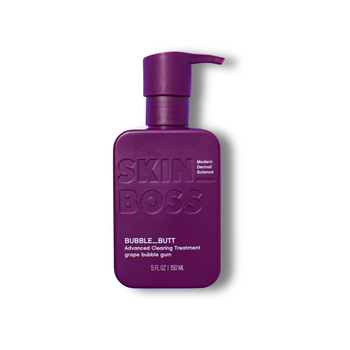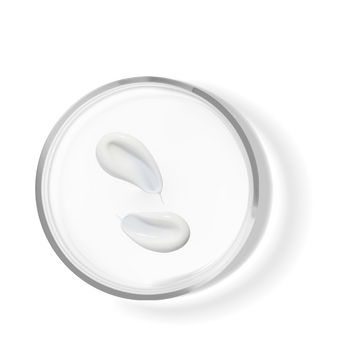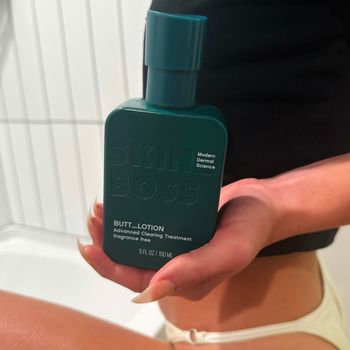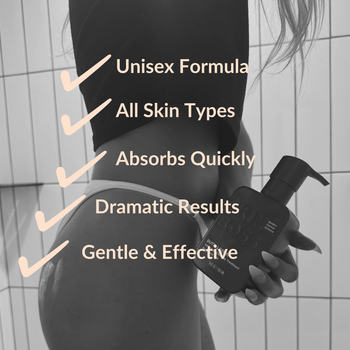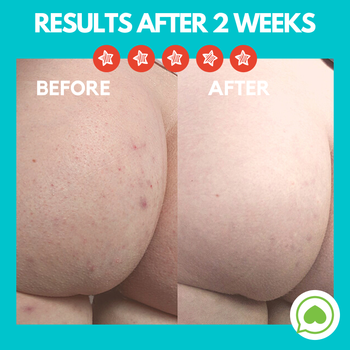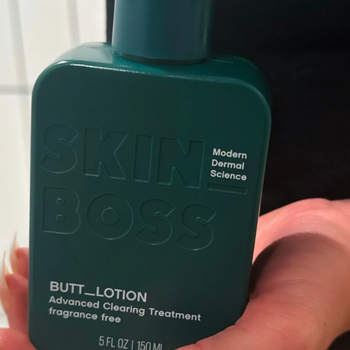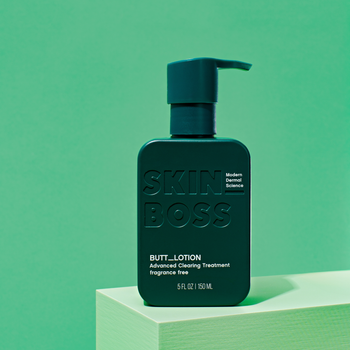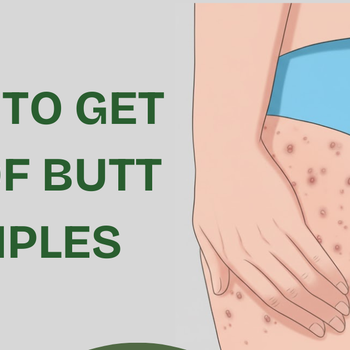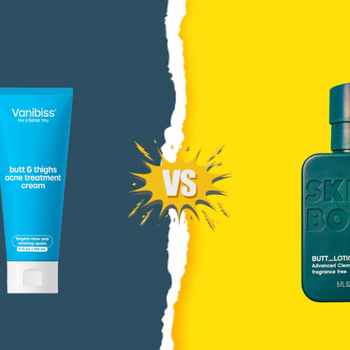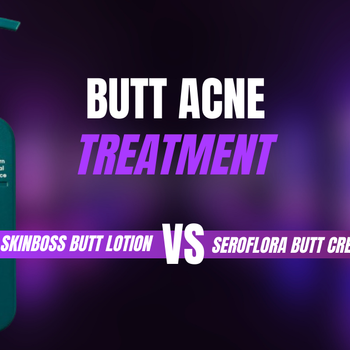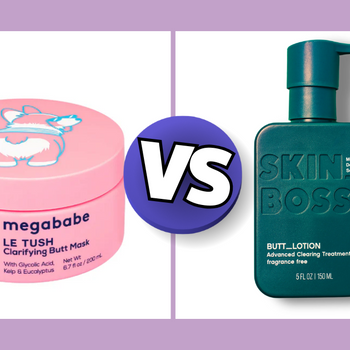If you’ve been battling those tiny, rough bumps on your butt (hello, keratosis pilaris, aka KP!), you’re not alone. KP can be stubborn, but the good news? AHAs (alpha hydroxy acids) are proven game-changers in smoothing and transforming skin texture — scientifically speaking.
What Is Keratosis Pilaris (KP)?
Keratosis pilaris is a common skin condition where dead skin cells clog hair follicles, causing rough, bumpy patches that feel like sandpaper. It often appears on the upper arms, thighs, and yes — the butt. While harmless, KP can be frustrating and sometimes itchy or red.
Why Are AHAs So Effective for KP?
Alpha hydroxy acids are naturally derived acids (like glycolic, lactic, and mandelic acid) that gently exfoliate the skin’s surface. Here’s the science behind how they help:
1. Exfoliation of Dead Skin Cells
AHAs loosen the “glue” (desmosomes) that hold dead skin cells together on the surface, helping them shed more easily. This unclogs the hair follicles, which reduces the characteristic bumps of KP.
Reference: A study published in the Journal of the American Academy of Dermatology found that topical glycolic acid significantly improved KP symptoms by increasing skin cell turnover. Source
2. Boosting Skin Hydration
Certain AHAs, like lactic acid, act as humectants, drawing moisture into the skin. Hydrated skin is more supple and less prone to irritation and dryness, common triggers that worsen KP.
Reference: Research in Dermatologic Therapy highlights lactic acid’s dual role as an exfoliant and moisturizer. Source
3. Stimulating Collagen Production
Regular use of AHAs can encourage collagen synthesis in the skin’s dermis, leading to smoother, plumper skin over time. This effect helps improve the overall texture and appearance of KP-affected areas.
Reference: Dermatology journal reports collagen remodeling effects from glycolic acid use. Source

How to Use AHAs Safely on the Butt
Since the skin on the butt can be sensitive, it’s important to start slow:
-
Begin with lower concentration AHAs (around 5–10%)
-
Apply 2–3 times per week, gradually increasing frequency as tolerated
-
Always follow with a fragrance-free moisturizer to prevent dryness
-
Use sunscreen daily — AHAs can increase sun sensitivity
Why Skinboss Butt Lotion Is Your KP Ally
Our Skinboss Butt Lotion is specially formulated with a gentle blend of AHAs, including glycolic and lactic acid, plus skin-loving ceramides and hyaluronic acid for hydration and barrier repair. It smooths KP bumps while nourishing your skin — no harshness or irritation.
Final Thoughts
Keratosis pilaris on the butt may feel like an uphill battle, but with the right science-backed tools like AHAs, you can transform your skin texture for good. Consistency, patience, and the Skinboss formula are your secret weapons.
Ready to smooth and glow? Check out Skinboss Butt Lotion and start your KP transformation today.




